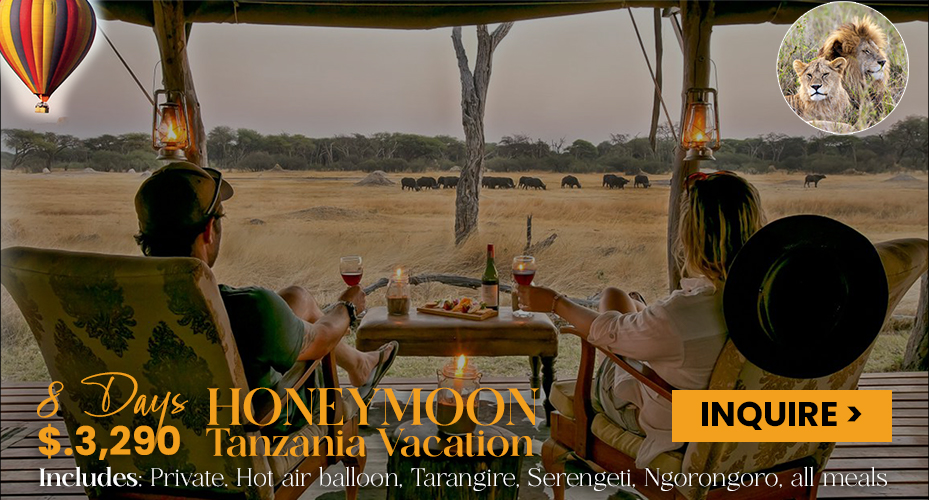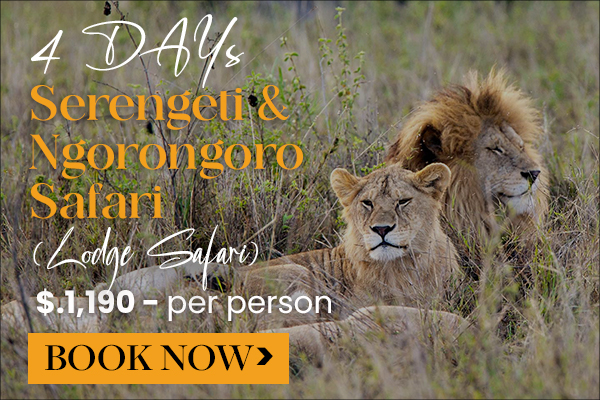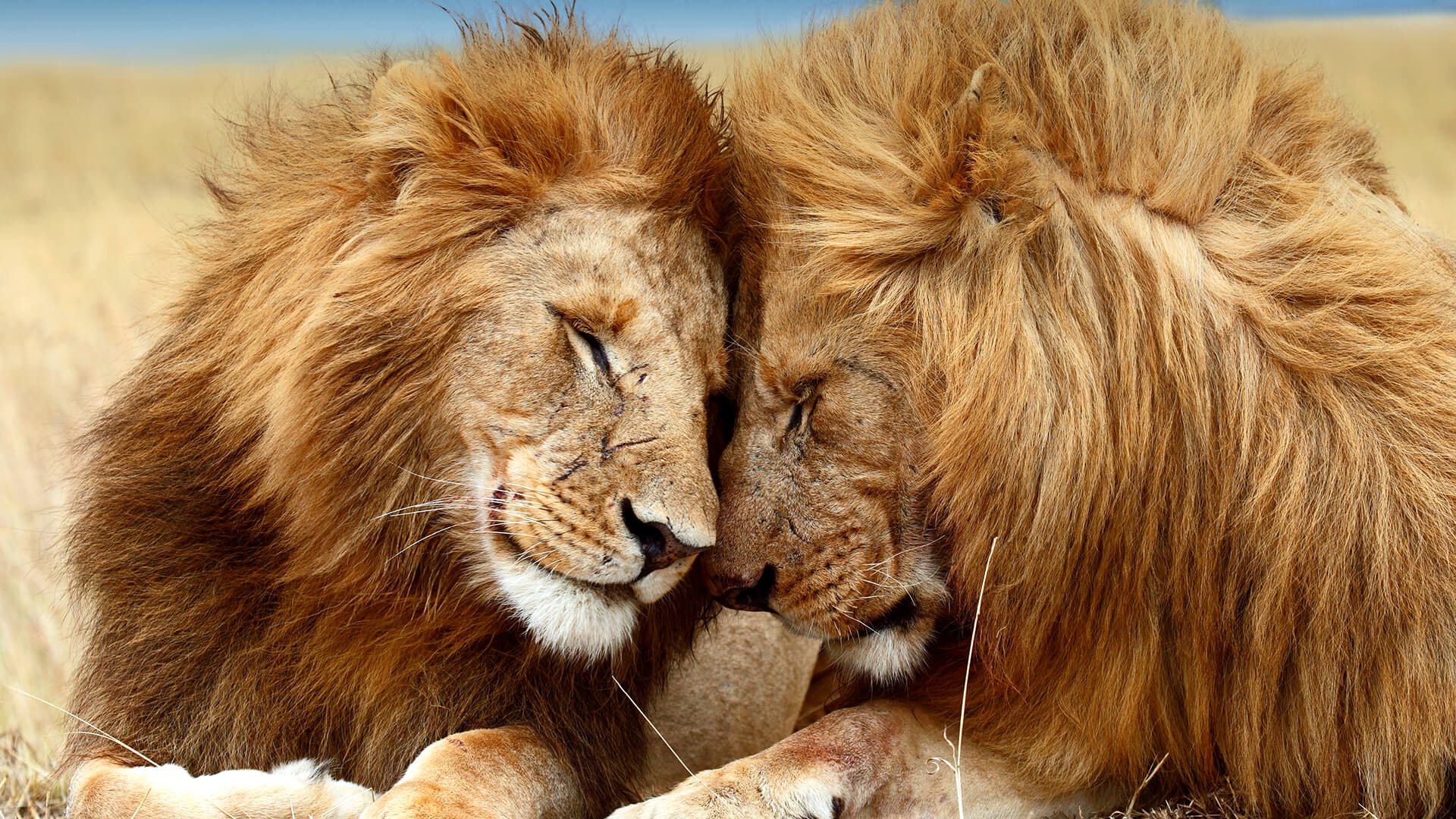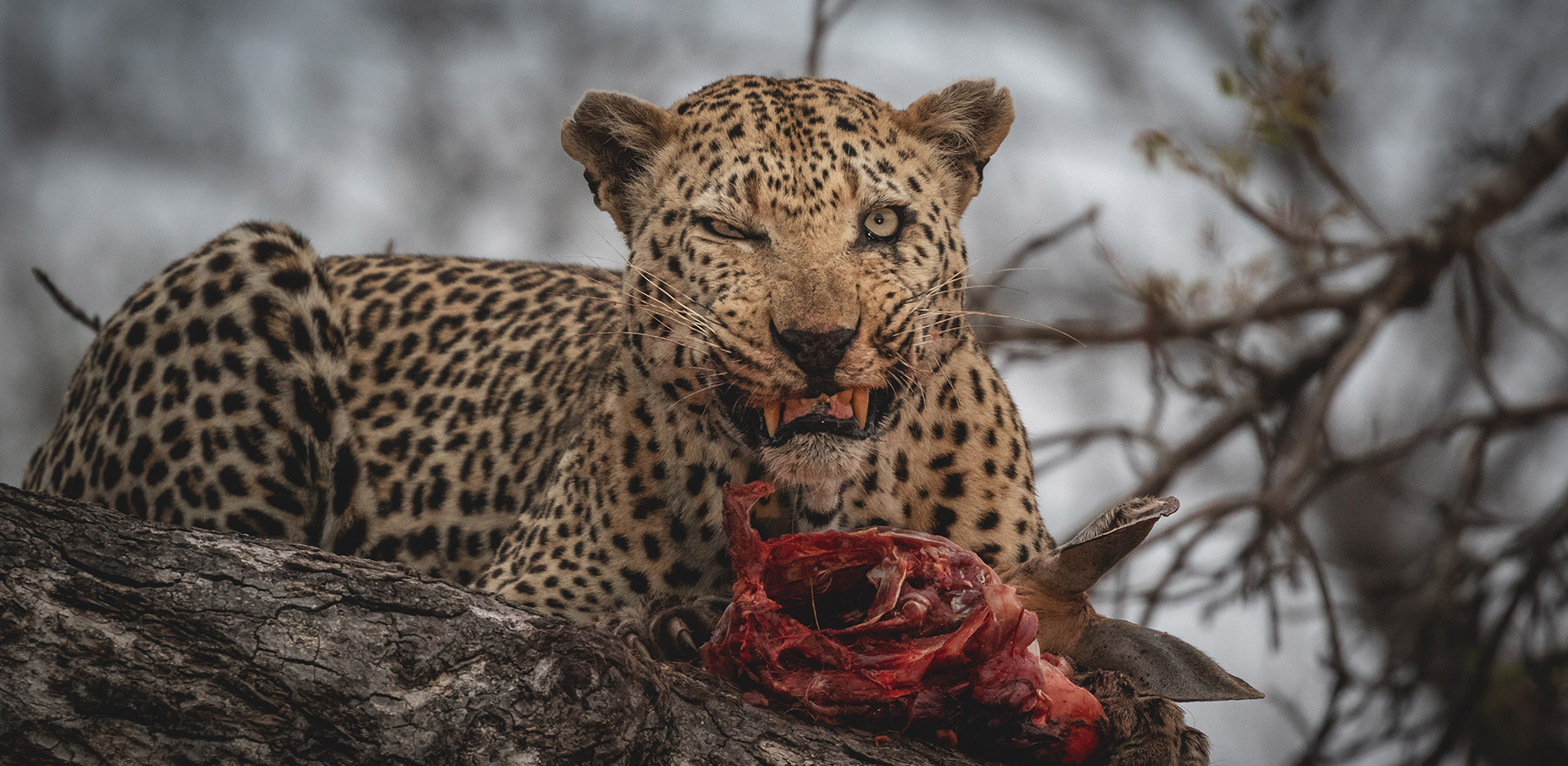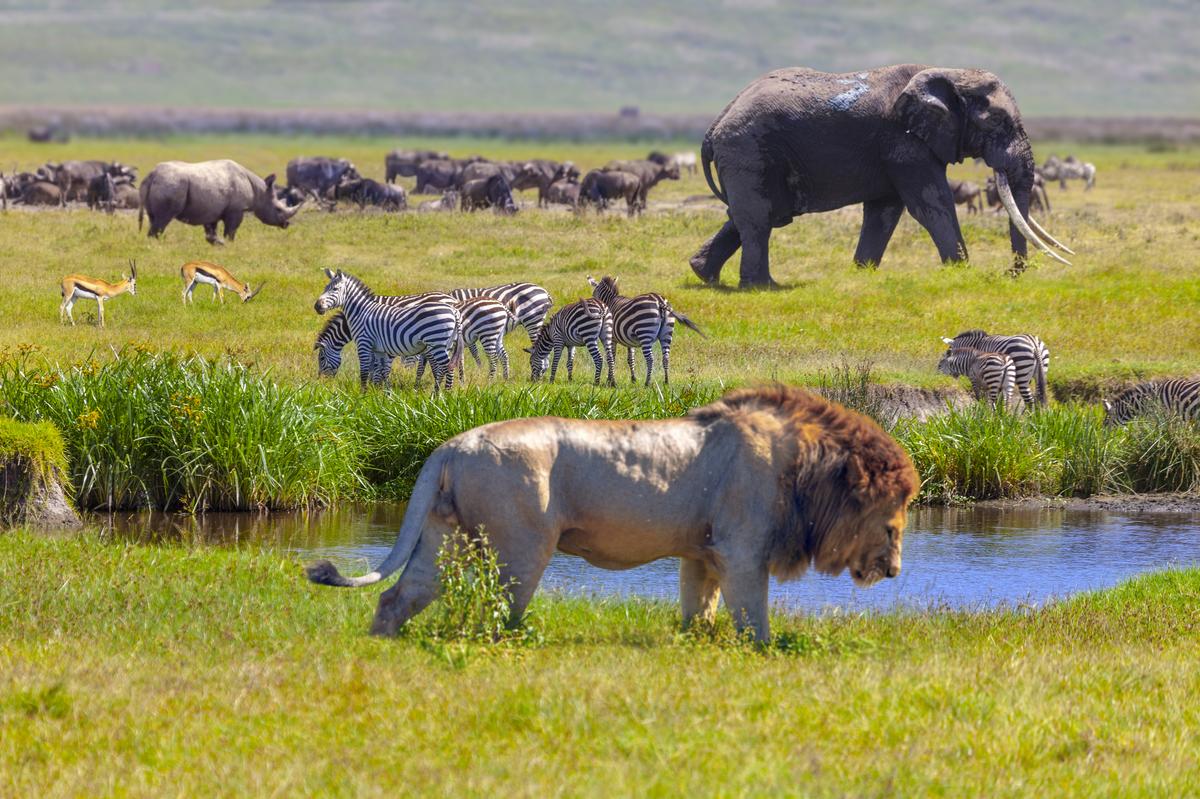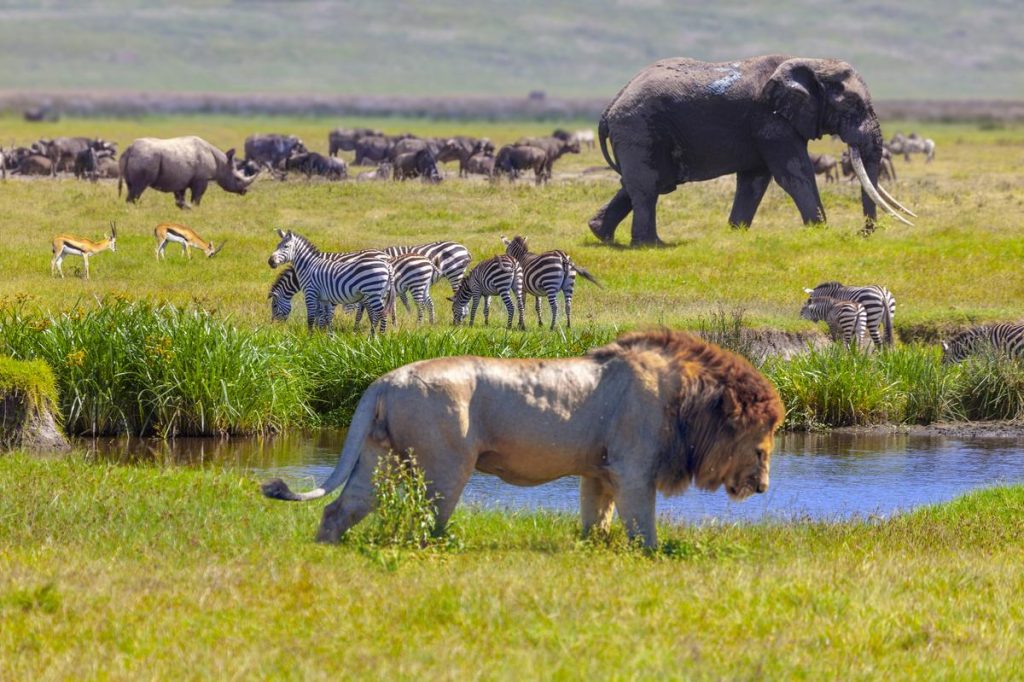- Blogs & Tips
Where Is Serengeti?
- By Team Serengeti Lions
Table of Contents
Where Is Serengeti? Location, Access & Best Time to Visit
There are places on this planet that don’t feel real. Where the earth moves—not just with the wind or wildlife, but with something ancient. A rhythm that hasn’t changed in thousands of years. And one of those places is the Serengeti.
Serengeti is one of those places that you just don’t stumble upon but, you plan, then go looking for it and when you find it, you don’t just see it—you feel it and always want to come back again and again to revisit.
So, before we proceed, where is Serengeti? And when should you go?
Where Exactly Is the Serengeti?
The Serengeti is in northern Tanzania, found up against the border with Kenya. It stretches across exactly 30,000 square kilometers, making it one of Africa’s largest and most iconic ecosystems.
If you’re picturing vast golden plains with slow-moving giraffes and skies so wide they swallow you whole—you’re already imagining the Serengeti.
Its full name is Serengeti National Park, but it’s part of a larger conservation area that includes the Ngorongoro Conservation Area, Grumeti Reserve, and somehow, the Kenya’s Masai Mara just over the border. The park itself spans exactly 14,763 square kilometers—bigger than some countries such as Monaco, Tuvalu, Vatican City and more.
To get there, most visitors fly into Kilimanjaro International Airport (JRO), near the city of Arusha, or Seronera Airstrip if arriving by charter. From Arusha, it’s either a scenic bush flight or a day’s drive through the Rift Valley. The journey isn’t short—but it’s the kind that becomes part of your story.
What Makes the Serengeti So Special?
You’ve seen the documentaries showing Serengeti’s Great Wildebeest Migration, The golden endless plains and the many Serengeti lions. The lionesses crouched in acacia shade.
What you have seen in incredible but, Paying a visit to Serengeti is another exciting moment you cant take back.
The Serengeti isn’t just one place. It’s several ecosystems stitched together—a living theater where every creature has its part.
There’s the endless southern plains, where wildebeest give birth during calving season between December and March. The western corridor, where the Grumeti River flows dark and full of crocodiles. The central Serengeti, rich with predators and photography moments. And the north, where the Great Migration charges across the Mara River into Kenya and back again.
Serengeti is not a park. It’s a pulse.
How to Get to the Serengeti
There are two primary ways to reach the Serengeti: by road or by air.
By Air (Recommended for Time-Saving Travelers)
Most international visitors fly into Kilimanjaro International Airport (JRO), located near the town of Arusha. From there, you can take a domestic flight to one of the Serengeti’s airstrips, such as Seronera Airstrip (central Serengeti), Kogatende (north), or Grumeti (west), depending on where the migration or wildlife activity is concentrated.
These bush flights typically last 1–2 hours, offering scenic aerial views over Tanzania’s highlands, Rift Valley escarpments, and wide grasslands. Flights are operated by reputable domestic carriers like Coastal Aviation, Auric Air, and Regional Air.
By Road (For the Scenic Adventurer)
If you’re not in a rush, you can travel overland from Arusha to the Serengeti by 4×4 vehicle. The drive takes about 7–8 hours, usually with overnight stops at Lake Manyara, Tarangire, or Ngorongoro Crater along the way. It’s bumpy. It’s dusty. And it’s unforgettable. You see Tanzania unfold in layers—villages, markets, herds, and finally, the wild itself.
With Serengeti Lion Safaris, road safaris are turned into immersive journeys. Your guide doesn’t just drive. They translate the land, pausing for giraffes, explaining customs, introducing you to locals along the way.
Where Is Serengeti? Pictorial
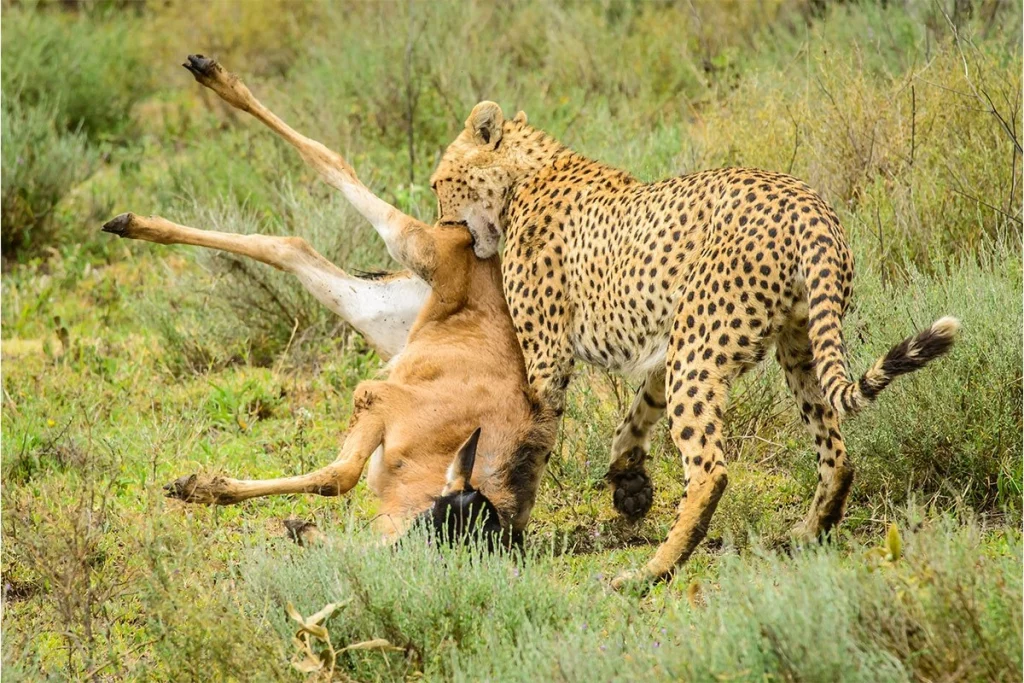
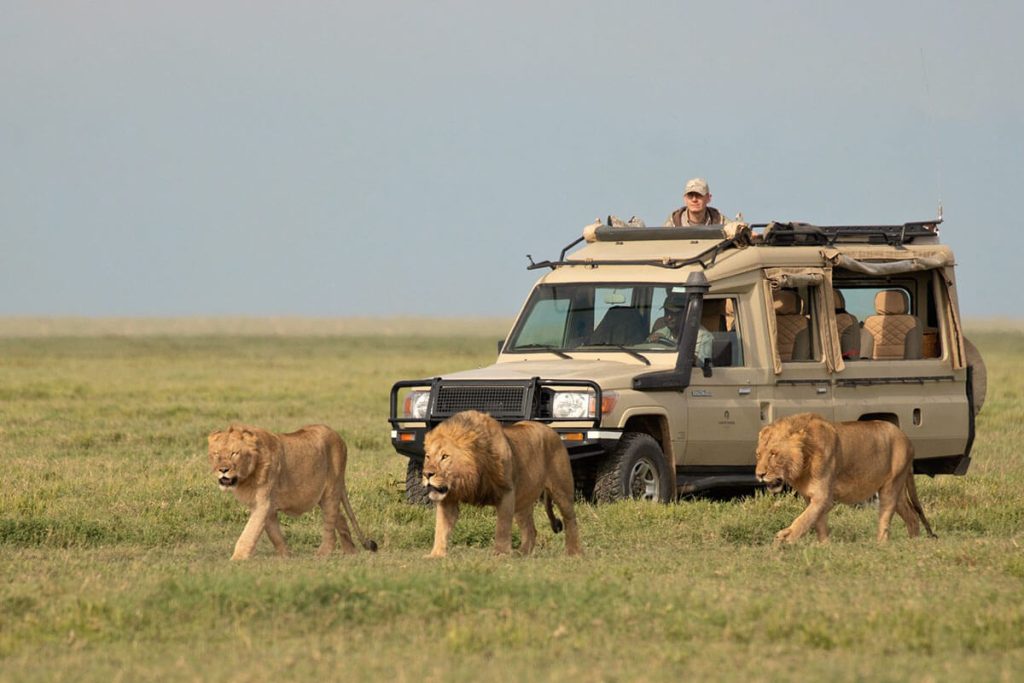
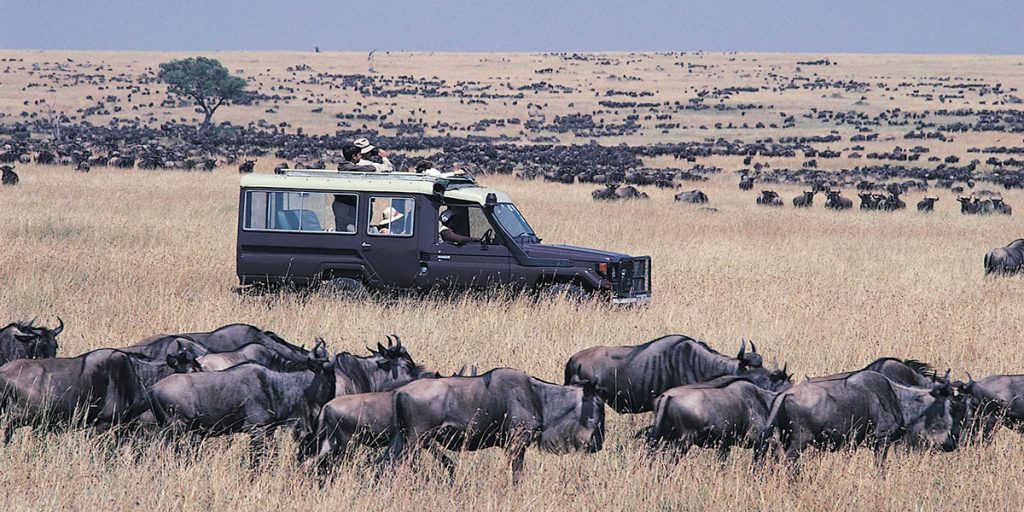
When to Visit the Serengeti
There is no wrong time to visit the Serengeti. Just different kinds of magic. Depending on when you go and the kind of experience of your interest, the landscape changes, the behavior shifts, and the moments you remember take on new color.
January – March
This is calving season, when half a million wildebeest drop their calves in the southern Serengeti. The grass is green, the predators are alert, and the drama is constant. You’ll see life begin—and sometimes end—in the same hour. Expect warm days, short rains, and intense game viewing.
April – May
This is the long rainy season, and the least visited time of year. But don’t let that fool you—this is when the Serengeti breathes. The crowds are gone. The plains are lush. And the skies open up in bursts of rain and sun that feel biblical. Perfect for solitude, photography, and green season prices.
June – July
This is when the Great Migration begins its move northward. River crossings at the Grumeti begin. You’ll see columns of wildebeest, zebra, and antelope stretch from horizon to horizon. It’s dry, cool, and unforgettable. The roads are open. The viewing is epic.
August – October
This is river crossing season in the north. If you want to see wildebeest flinging themselves into crocodile-infested rivers—this is it. It’s raw. Real. And humbling. The Mara River crossings are the climax of the migration. Expect big cats, high drama, and full lodges.
November – December
The short rains return, and the herds begin to move south. The park is still alive with activity. Lions follow the herds. Cheetahs sprint across open plains. And with the holiday season, this is a popular time—especially for first-time travelers.
Best Time? That Depends on You
Do you want silence, or spectacle? Green grass or golden dust? Predator chases or baby animals? Each season has its rhythm. But the truth is, no matter when you go—the Serengeti will give you something to carry home.
How Long Should You Stay?
Three days is not enough. Not here. Not in a place this vast. Aim for 5 to 7 days minimum, especially if you’re combining it with Ngorongoro, Lake Manyara, or Tarangire. The Serengeti is not a highlight—it’s the heart.
If you’re traveling with Serengeti Lion Safaris, they’ll help you plan an itinerary that doesn’t just check boxes—it tells a story. One that starts with wide skies and ends with campfire silence under a billion stars.
Suggested Packages
A Few Travel Tips
Pack for contrast
Mornings are chilly. Afternoons are hot. Bring layers: a warm fleece, breathable shirts, long pants for the evening. And don’t forget sunscreen—even the breeze can’t hide the African sun.
Don’t chase the checklist
This isn’t Disneyland. You might not see all the Big Five in one drive. But you might see a leopard climb a tree. Or a cheetah teach her cubs to hunt. Or a pride of lions at rest under rain. Trust that the wild always shows up—just not always the way you planned.
Binoculars matter more than cameras
You’ll want to zoom in. Not just on animals, but on expressions—on the way an elephant’s trunk wraps around a calf, or the glint in a lion’s eyes as it stalks. Even if your camera’s not fancy, your memories will be.
Embrace the dust, the distance, the unexpected
Roads are rough. Drives are long. But that’s the beauty of it. The Serengeti isn’t polished—it’s real. Let go of comfort for a moment, and you’ll gain something better: presence.
Listen to your guide
The best safaris come from trust. With Serengeti Lion Safaris, your guide isn’t just a driver. They’re your storyteller, protector, and translator of the wild. Ask questions. Listen deeply.
Put the phone down
Signal comes and goes. Good. Take that as permission to unplug. Some of the best moments in the Serengeti happen in silence. Don’t interrupt them with Wi-Fi.
Conclusion
So where is the Serengeti? It’s in Tanzania. But really—it’s in the rustle of grass. In the roar that echoes at dawn. In the silence that settles after a lion kill. It’s not just a place. It’s a feeling. A memory forming in real-time.
When should you go? When you’re ready to feel small in the best way possible.
Let Serengeti Lion Safaris take you there—not just across land, but into that space where wild still means something.
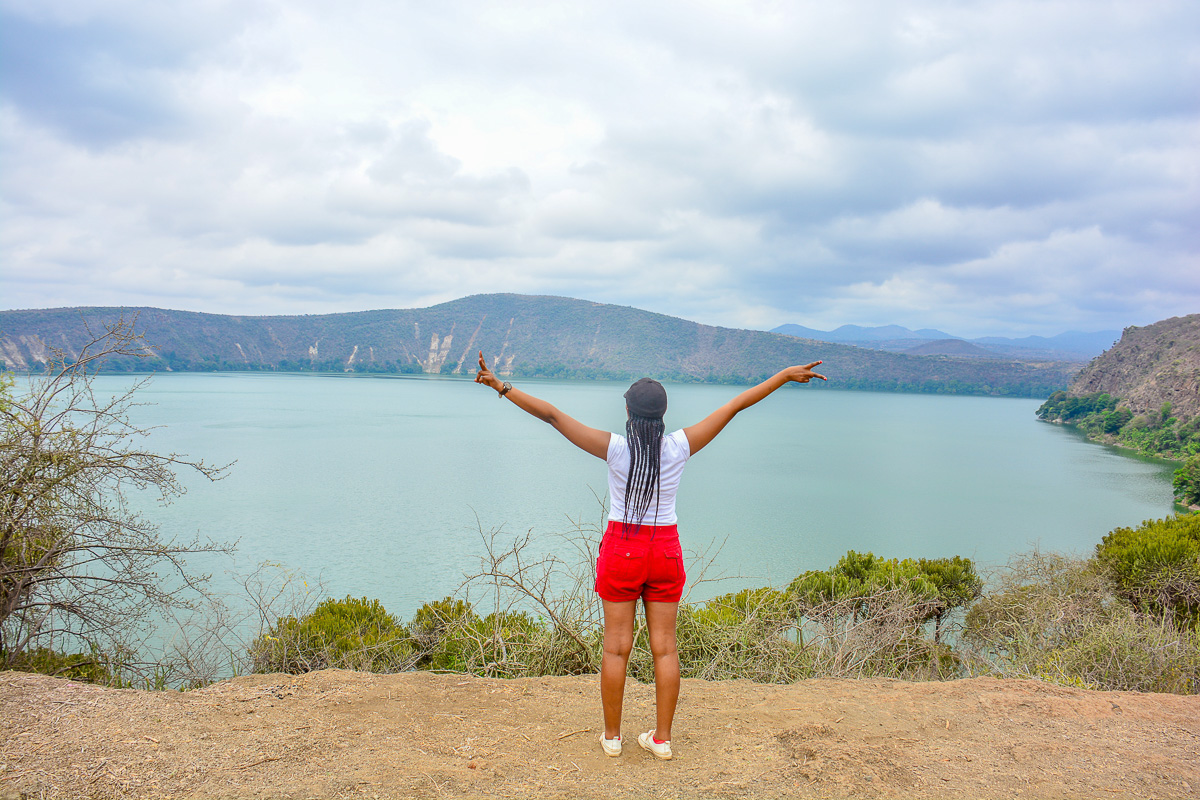
Engage an expert
Need help planning your Serengeti adventure today?
GET A QUOTE
Get a free Quote today.


